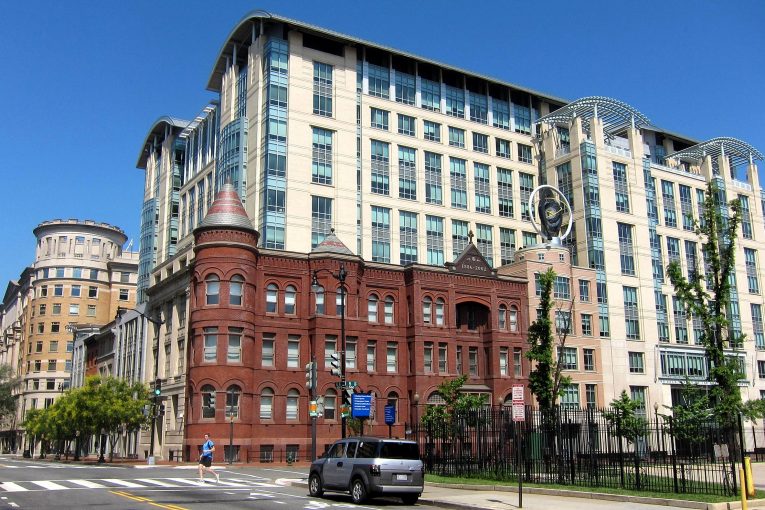

By Leslie Acevedo
WASHINGTON, DC – The National Academies of Sciences, Engineering, and Medicine on Law and Justice summarized a November 2022 workshop exploring crime rate changes, why they happened and what research will be needed to better understand the rates.
The group convened a workshop through its Planning Committee on Crime Rates during the COVID-19 pandemic in November, 2022, to “explore crime rate changes during the pandemic, potential explanations for those rates, and opportunities for future methods, data, and research.”
The group said the key takeaways were: “The need to better communicate about crime and its impact on individuals and communities by moving away from simple narratives and one-variable explanations and how the effects of the pandemic differed by place and country.”
The NASEMCLJ said it ought to “[e]xplore existing data on the trends in multiple criminal offenses during the pandemic; explore existing explanations for the crime rate changes in multiple offense types during the pandemic for their scope, logical consistency, empirical support, and limitations, with special attention to explanations related to the pandemic and associated population restrictions (e.g., stay at home orders, social gathering restrictions, etc.), as well as the diffusion and availability of firearms; and discuss methodological issues, data infrastructure needs, and research gaps to inform understanding of crime problems and rates.”
Robert Crutchfield, Committee on Law and Justice chair, noted the “importance of moving away from simple narratives and one variable explanations” for crime rate changes.
Crutchfield added crime rates “require complex explanations and interconnected solutions that account for the multifaceted and systemic nature of crime.”